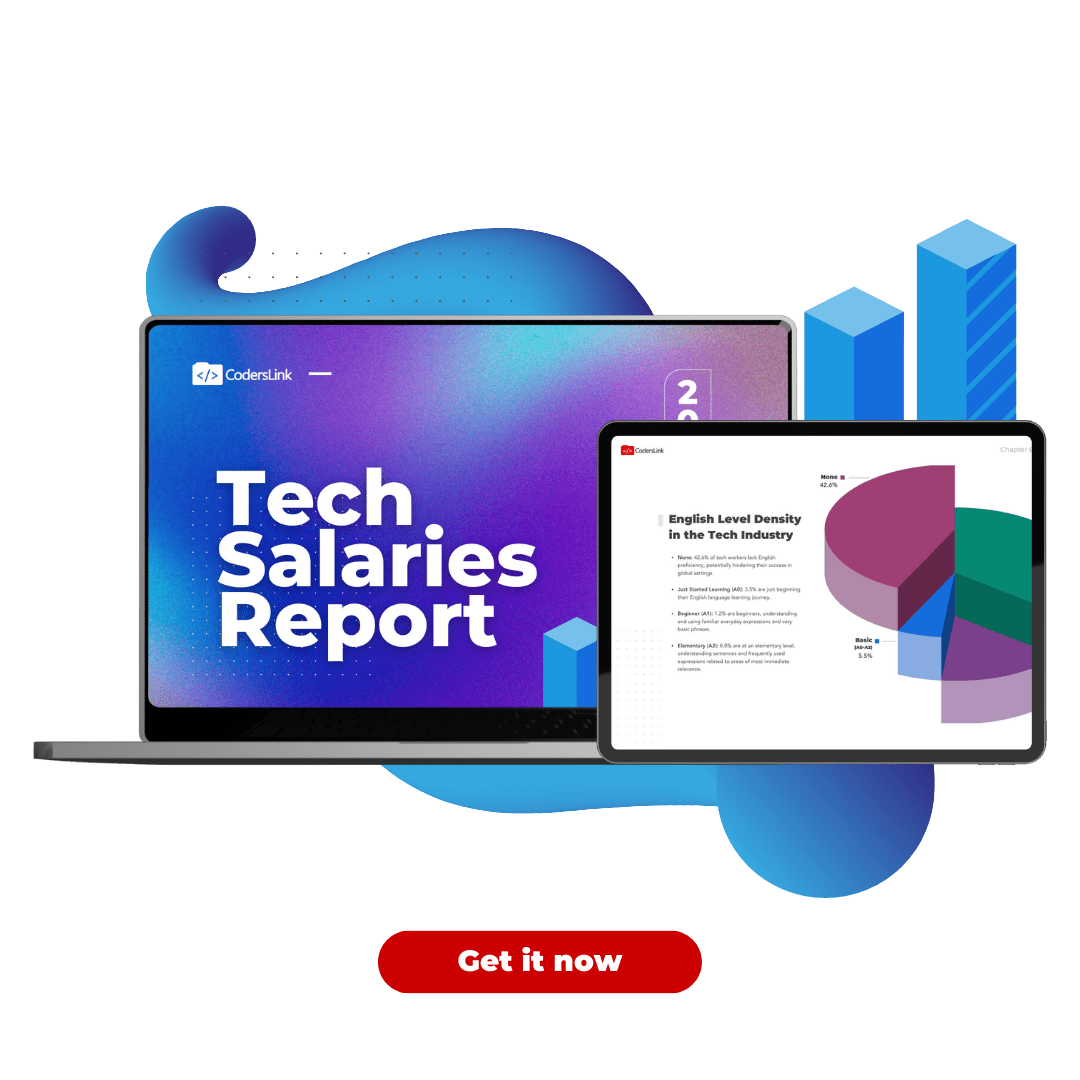
In order to survive the disruption caused by the global health crisis, businesses and organizations had to allow their employees to work remotely. According to a Pew Research Center survey, 71% of workers who have never teleworked before the pandemic are now doing their jobs from home. In addition, more than half have said that they want to keep working from home even after things return to normal.
Because of this shift in how the majority of the workforce operates, business leaders are scrambling to keep an eye on their employees. To make sure that their workers stay productive away from the office, many organizations are using remote monitoring technologies such as keystroke tracking programs and employee time tracking software.
Time tracking software in the market
For example, the program Hubstaff allows managers to track what an employee is doing during work hours by randomly capturing the employee’s screen. Another digital tool that companies have been using is Teramind, which records keyboard activity and comprehensively processes the data to generate user-based behavior analytics. These kinds of software help companies enforce data security policies, track employee productivity, and maintain the integrity of their hardware and software.
In addition, the data gathered by remote monitoring software provides business leaders an insight into how they can improve the working conditions of their employees. Some programs can monitor system objects like applications, email, web pages, file transfers, instant messaging, keystrokes, and console commands, so business leaders can see in real-time what they need to improve on and streamline their operations.
Using employees tracking data to improve business outcomes
Moreover, the data collected can be processed by data analysts to yield meaningful insights and strategic suggestions to improve business outcomes. We can see this already happening with remote fleet workers who are usually on the road for long periods of time.
Verizon Connect’s post on telematics details how companies employ telematics, which is a combination of hardware and software that collect and transmit data on vehicle use, maintenance requirements, and automotive servicing. The data produced by remote fleet workers can be used to improve road safety, insurance risk assessment, asset tracking, driving behavior, and vehicle maintenance — all of which are necessary for boosting fleet company revenue.
Broken trust and other downsides of tracking your employees
Despite how beneficial it can be to the businesses that pursue it, tracking remote workers has its own set of drawbacks. For one, enabling remote monitoring software can break the trust between employers and employees. In a time where data breaches are increasing, employees are concerned about the security of the data collected from their workstations.
In fact, Accenture highlights how 64% of employees worry that their data might be at risk. If the data from employee tracking software is mishandled and made vulnerable by business leaders, this can affect how employees trust their employers. In addition, constantly monitoring employees can stress them out and even lead to burnout.
All in all, business leaders should tread carefully when tracking remote workers. In order to reap the many benefits of remote monitoring software, executives should make sure that they keep employee data secure and be completely transparent with how the data is being used. For more insights on how to use technology to advance your business, check out our post on ‘How Do Small, Medium, and Large Businesses Use IT Services’.
Article written by Justine Rice


